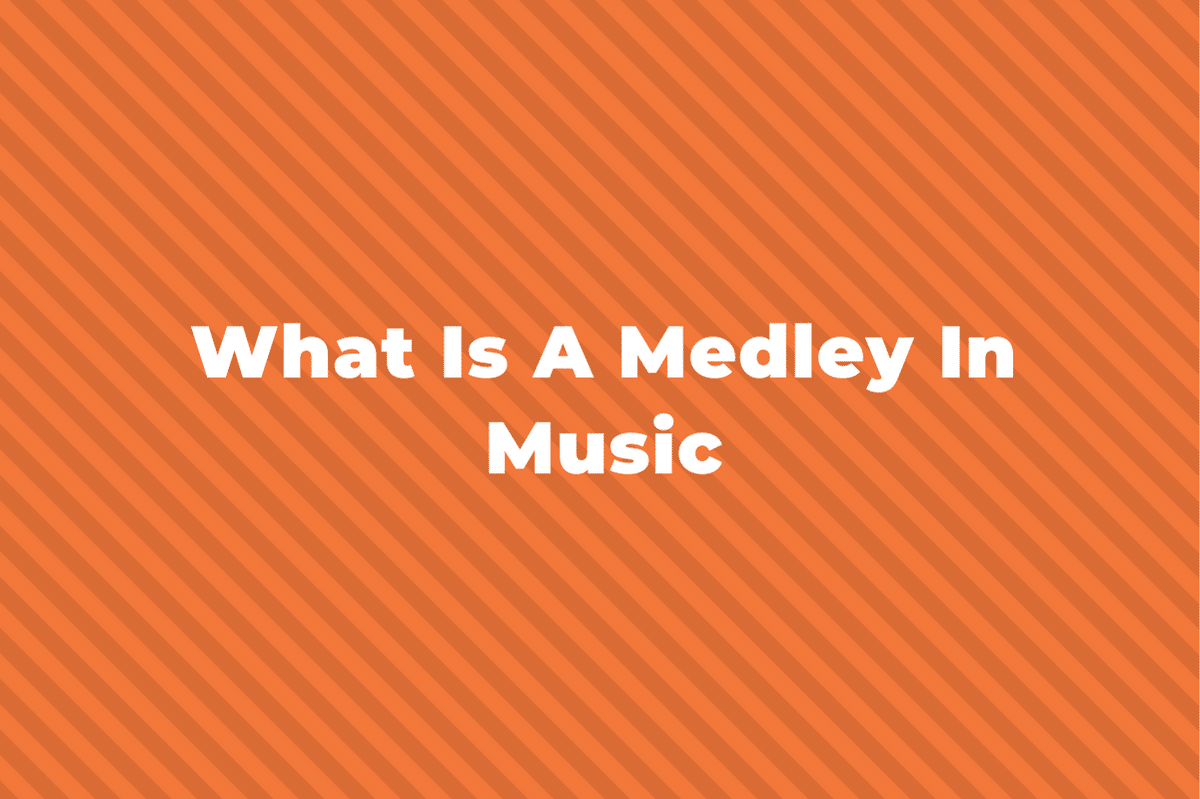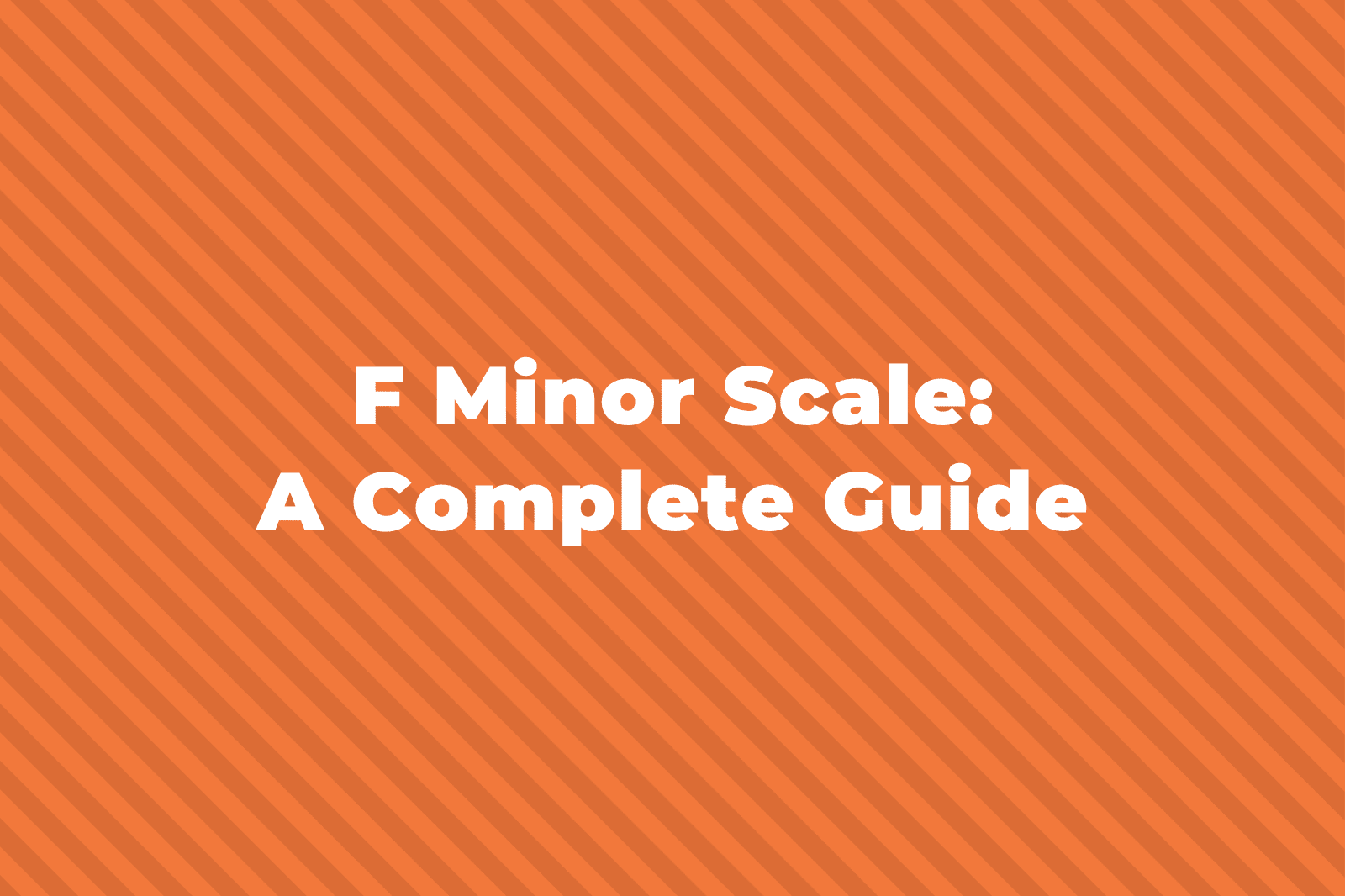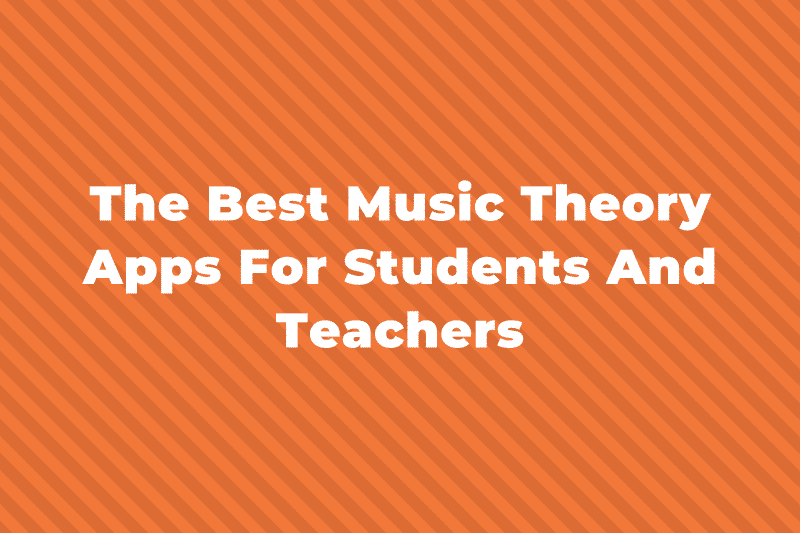In Western classical music, program music refers to a piece (usually instrumental rather than vocal) that is about something or that has some kind of extra-musical meaning.
This is in contrast to absolute – or abstract – music, which is simply music that is written for its own sake. Program music might attempt to mirror an existing story from a book or play through sound, or it might evoke a more general scene from nature.
The most famous examples of program music are from the 19th Century, when the Romantic period saw composers writing increasingly expressive pieces inspired by external stimuli. However, we can see examples of programmatic content from as early as the Renaissance and Baroque periods. The concept has also been used more recently, and its influence today is perhaps most prevalent in film music, where it plays an important role in establishing atmosphere and mood. In this article we’ll take a closer look at the meaning of program music, and at how its use has developed throughout history.
Early Examples of Program Music
There is a long history within the classical tradition of music for music’s sake: pieces where the melody, harmony, rhythm and structure provide enough interest, without the audience needing any extra-musical elements to consider.
Lots of pieces have titles that simply tell us what kind of piece we are listening to: Symphony No. 1, for example, or Piano Sonata in C Major.
And, in fact, there has even been a school of thought that suggests that music containing programmatic content has less artistic value, perhaps because it could be perceived as gimmicky, or unable to stand on its own musical merits without an extra-musical narrative.
Until the Romantic period, most music was not explicitly written about something.
However, there are exceptions to this and some music from as early as the Renaissance period contains programmatic elements.
“The Fall of the Leafe,” a piece for harpsichord by the English Renaissance composer Martin Peerson, conjures the image of an autumnal tree shedding its leaves with short, descending phrases.
William Byrd’s “The Battell” is inspired by a military skirmish in the Irish wars, while his “The Barley Break” is about a game of what we now call “piggy in the middle.”
Programmatic Content During the Baroque Period
In the Baroque era, the French composer Francois Couperin wrote a book of keyboard works, many of which have titles that clearly demonstrate that they were written about something.
His “Les Petits Moulins a vent” literally means “The Little Windmill,” and “Le Tic-Toc-Choc, ou Les Maillotins” has been interpreted as representing the relentless ticking rhythm of a clock.
A rare piece of piece of music with programmatic content by J.S. Bach is his “Capriccio on the Departure of his Beloved Brother,” a mournful work, written whilst he was still a teenager, that is thought to lament the fact that the composer’s older brother had left to join an orchestra in Sweden.
The most famous example of what could be considered program music in the Baroque era is Antonio Vivaldi’s The Four Seasons, a set of four violin concerti, each of which is about one of the musical seasons of the year: spring, summer, autumn and winter.
They were published with accompanying sonnets, possibly written by the composer himself, making their extra-musical subject matter even more clear.
See if you can spot the contrasting stormy section during the “Summer” movement:
The Classical Period and the Emergence of Beethoven
With a strong focus upon musical form and the creation of drama through internal forces, little programmatic content was written during the Classical period.
However, Joseph Haydn appears to have had extra-musical ideas in mind whilst composing some of his symphonic works.
For example, his Symphony No. 8 features a movement called “La Tempesta,” which represents a storm.
Beethoven emerged towards the end of the Classical period and began to expand upon the conventions and structures established by the likes of Haydn and Mozart, leading the transition into the Romantic period.
Beethoven’s Sixth “Pastoral” Symphony paints a picture of an idyllic countryside scene, evoking rural life with imitation bird calls.
That said, Beethoven was seemingly conflicted about writing program music, saying that the “whole work can be perceived without description – it is more an expression of feelings rather than tone-painting”.
Beethoven wrote a number of other works which can considered programmatic, including the Coriolan Overture, which opened a play about the Roman general Coriolanus, and Wellington’s Victory, a “battle piece” that commemorates the Duke of Wellington’s victory in the Battle of Vitoria, even making use of cannon and musket sound effects.
The Romantic Period
Program music really took off during the Romantic period, as it became common for music to take inspiration from literature, folk tales, visual art, nature and more.
Tchaikovsky, for example, was deeply inspired by the plays of William Shakespeare and wrote orchestral pieces based upon Romeo and Juliet, The Tempest and Hamlet.
Jean Sibelius, meanwhile, wrote music based upon the folk stories of his native Finland.
Other music told an entirely new story that was invented by the composer.
Hector Berlioz’s Symphonie fantastique tells a semi-autobiographical tale of an artist descending into opium-fuelled delirium in the face of unrequited love.
The audience was given detailed program notes explaining this plot, and the piece uses an idée fixe – a recurring melodic theme that represents the main character.
This is then gradually altered as the character’s circumstances and perspective change.
Camille Saint-Saëns’ The Carnival of the Animals is a humorous suite of 14 movements, with each one depicting a different animal.
The elegant melody inspired by a swan is perhaps the best known.
The most famous exponent of the tone poem (or symphonic poem) – a single-movement orchestral work based on a non-musical source – was Richard Strauss, who claimed that his music was capable of “describing a knife and fork.”
In addition to his Alpine Symphony, which describes the ascent of mountain, and the Symphonia Domestica, which is about the composer’s day to day life, he wrote pieces based on the plays Don Juan, Macbeth and Don Quixote, in which we hear a herd of noisy sheep recreated by flutter-tonguing brass:
The Twentieth Century and Jazz
Composers continued to write programmatic content into the 20th Century.
Claude Debussy’s impressionist La Mer is about the sea, while The Planets, by Gustav Holst, is an orchestral suite in which each movement represents one of the planets of the solar system.
There are plenty of other examples, although the modernist movement largely saw a return to abstract music.
Most jazz can be described as abstract, but there are exceptions to this.
Duke Ellington wrote descriptive tributes to various people for his orchestra – “Portrait of Louis Armstrong” is self explanatory – while his “A Tone Parallel to Harlem” evokes the area of New York in which Ellington was based, and early on we hear the sound of a “neighing” horse played by a trombone.
Charles Mingus continued in a similar vein: his “Pithecanthropus Erectus” is a kind of jazz tone poem that tells the story of the rise and fall of man.
Film, Television and Video Games
The soundtracks to lots of film and television programmes take influence from the program music of the 19th Century, with composers using sound to create atmosphere and tension and to help advance the plot.
Disney’s Fantasia famously puts animations to seven pieces of classical music.
John Williams’ score to Star Wars uses leitmotifs, a technique that was pioneered in 19th Century opera by Wagner, where a melody represents a particular character.
Listen to Darth Vader’s theme here and think about how its musical qualities correspond to his role in the story:
Nobuo Uematsu, who has been referred to as the Beethoven of video game music, uses similar techniques in the scores to the Final Fantasy series of games.
Summary
We hope that you’ve enjoyed this guide to program music.
We’ve learned that, while the idea of classical music composed about a poem, a place or a story really exploded during the Romantic period, there have nearly always been pieces written with external, non-musical stimuli in mind.
And the concept has continued into the 20th and 21st Centuries, with music having a huge impact on our experience of watching film and television in particular.
Why not take a listen to some of the examples listed in this article and think carefully about the images and feelings they conjure in your mind’s eye?



